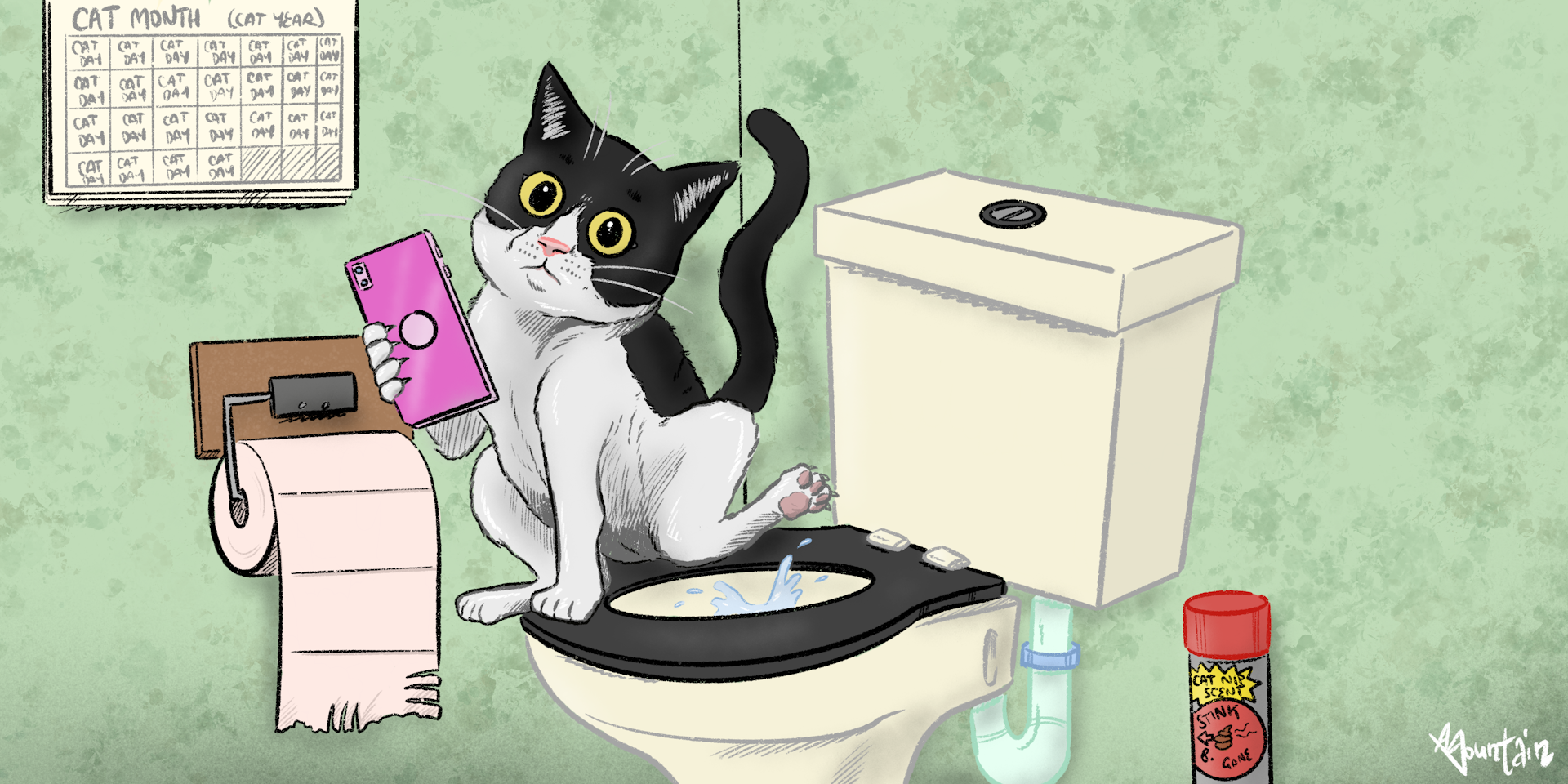The Consequences of Flushing Cat Poop Down Your Toilet - Safeguard Your Plumbing
The Consequences of Flushing Cat Poop Down Your Toilet - Safeguard Your Plumbing
Blog Article
Almost everyone is bound to have their own individual perception with regards to How to Dispose of Cat Poop and Litter Without Plastic Bags.

Intro
As pet cat proprietors, it's necessary to be mindful of exactly how we throw away our feline close friends' waste. While it might appear convenient to purge cat poop down the toilet, this method can have damaging repercussions for both the setting and human wellness.
Ecological Impact
Purging pet cat poop presents harmful pathogens and parasites into the supply of water, positioning a significant danger to water environments. These pollutants can adversely affect marine life and compromise water quality.
Health Risks
In addition to environmental concerns, flushing feline waste can likewise position health and wellness dangers to humans. Cat feces may have Toxoplasma gondii, a bloodsucker that can trigger toxoplasmosis-- a possibly serious ailment, specifically for expecting ladies and individuals with weakened immune systems.
Alternatives to Flushing
Fortunately, there are more secure and extra liable methods to get rid of cat poop. Take into consideration the adhering to options:
1. Scoop and Dispose in Trash
The most common method of disposing of feline poop is to scoop it into an eco-friendly bag and toss it in the trash. Be sure to make use of a specialized trash scoop and take care of the waste immediately.
2. Usage Biodegradable Litter
Choose eco-friendly feline litter made from materials such as corn or wheat. These litters are eco-friendly and can be safely disposed of in the garbage.
3. Hide in the Yard
If you have a yard, consider hiding cat waste in an assigned area far from veggie gardens and water resources. Make sure to dig deep adequate to avoid contamination of groundwater.
4. Mount a Pet Waste Disposal System
Invest in a family pet waste disposal system particularly made for feline waste. These systems use enzymes to break down the waste, decreasing smell and environmental impact.
Conclusion
Liable animal possession extends past providing food and sanctuary-- it also entails proper waste administration. By refraining from purging pet cat poop down the bathroom and going with alternative disposal techniques, we can minimize our environmental impact and protect human health and wellness.
Why Can’t I Flush Cat Poop?
It Spreads a Parasite
Cats are frequently infected with a parasite called toxoplasma gondii. The parasite causes an infection called toxoplasmosis. It is usually harmless to cats. The parasite only uses cat poop as a host for its eggs. Otherwise, the cat’s immune system usually keeps the infection at low enough levels to maintain its own health. But it does not stop the develop of eggs. These eggs are tiny and surprisingly tough. They may survive for a year before they begin to grow. But that’s the problem.
Our wastewater system is not designed to deal with toxoplasmosis eggs. Instead, most eggs will flush from your toilet into sewers and wastewater management plants. After the sewage is treated for many other harmful things in it, it is typically released into local rivers, lakes, or oceans. Here, the toxoplasmosis eggs can find new hosts, including starfish, crabs, otters, and many other wildlife. For many, this is a significant risk to their health. Toxoplasmosis can also end up infecting water sources that are important for agriculture, which means our deer, pigs, and sheep can get infected too.
Is There Risk to Humans?
There can be a risk to human life from flushing cat poop down the toilet. If you do so, the parasites from your cat’s poop can end up in shellfish, game animals, or livestock. If this meat is then served raw or undercooked, the people who eat it can get sick.
In fact, according to the CDC, 40 million people in the United States are infected with toxoplasma gondii. They get it from exposure to infected seafood, or from some kind of cat poop contamination, like drinking from a stream that is contaminated or touching anything that has come into contact with cat poop. That includes just cleaning a cat litter box.
Most people who get infected with these parasites will not develop any symptoms. However, for pregnant women or for those with compromised immune systems, the parasite can cause severe health problems.
How to Handle Cat Poop
The best way to handle cat poop is actually to clean the box more often. The eggs that the parasite sheds will not become active until one to five days after the cat poops. That means that if you clean daily, you’re much less likely to come into direct contact with infectious eggs.
That said, always dispose of cat poop in the garbage and not down the toilet. Wash your hands before and after you clean the litter box, and bring the bag of poop right outside to your garbage bins.
https://trenchlesssolutionsusa.com/why-cant-i-flush-cat-poop/

As a fervent reader on Don’t flush cat feces down the toilet, I was thinking sharing that blog post was important. Are you aware of someone else who is looking into the topic? Please feel free to promote it. We truly appreciate reading our article about How to Dispose of Cat Poop and Litter Without Plastic Bags.
Schedule Now! Report this page